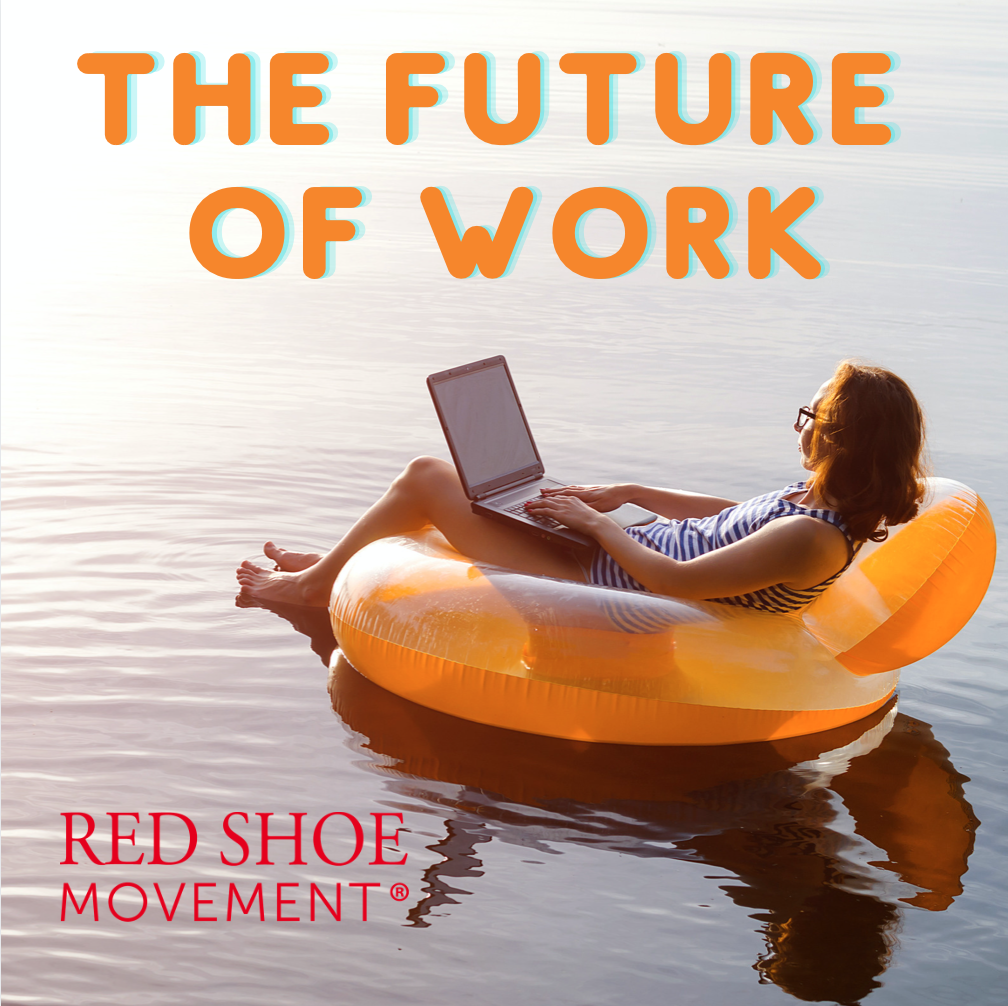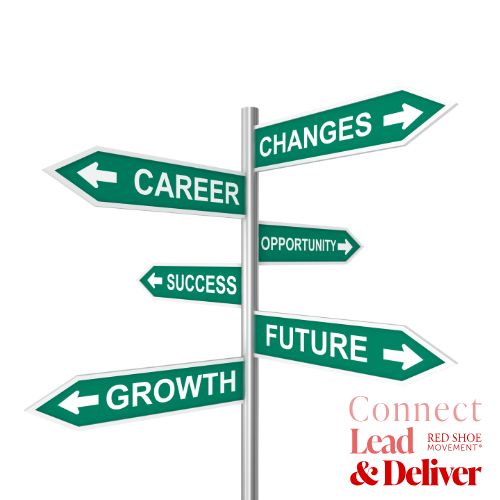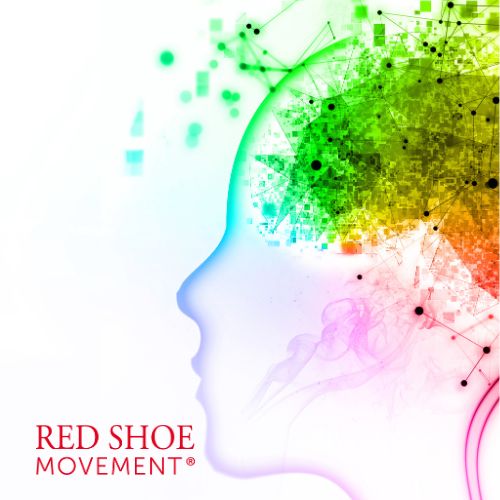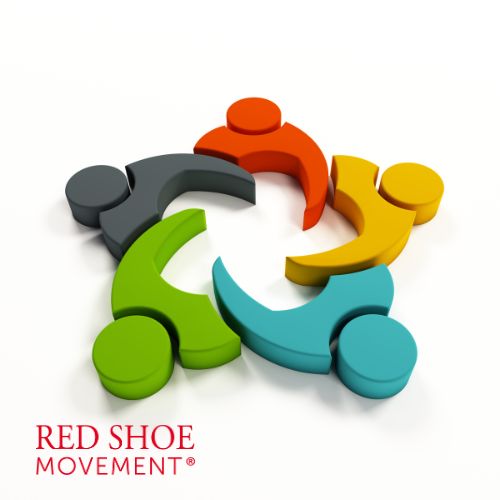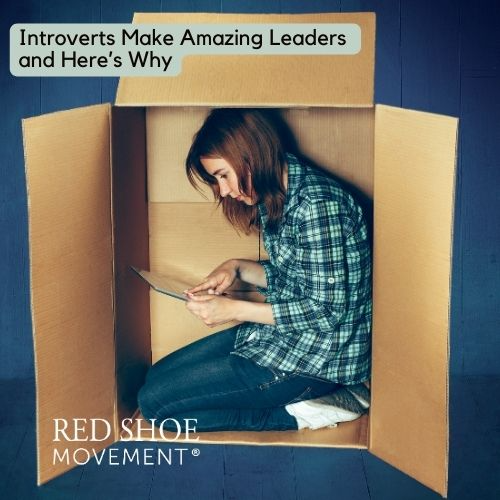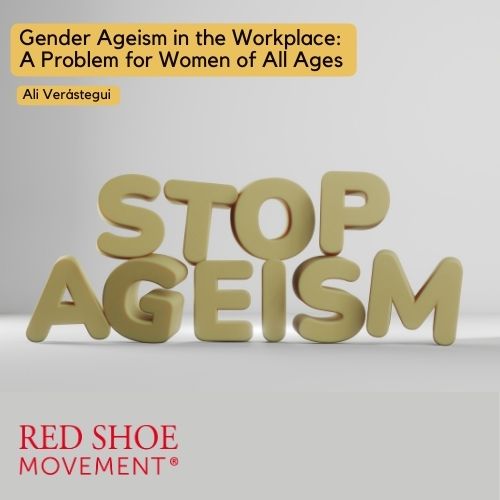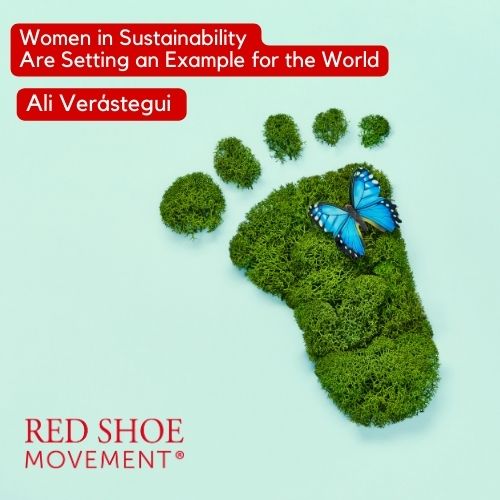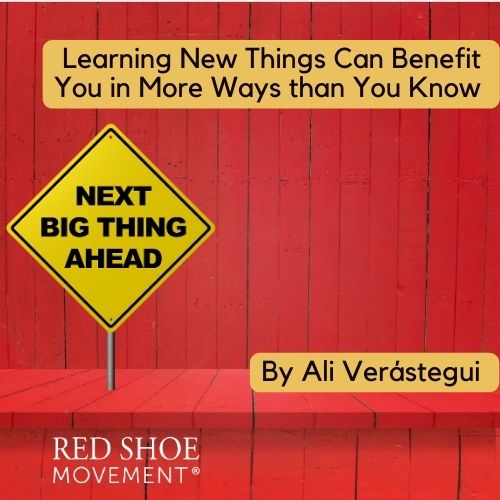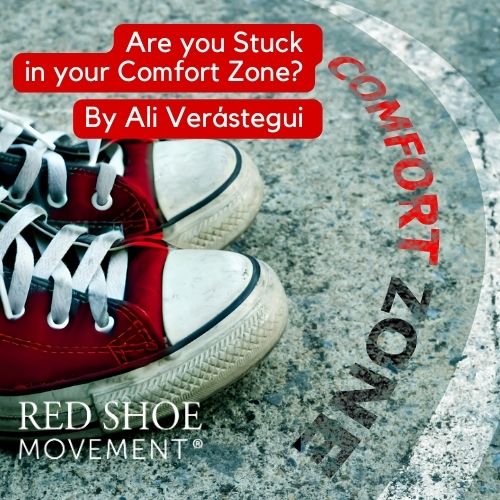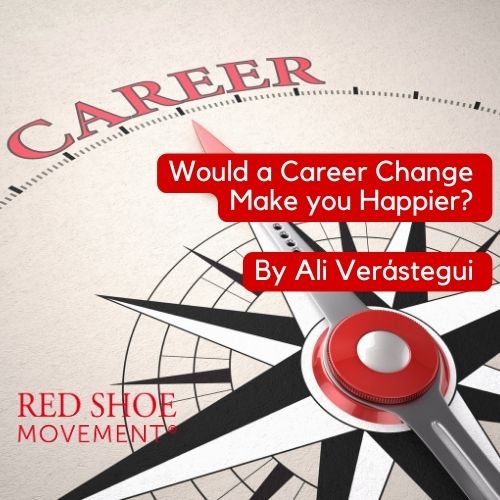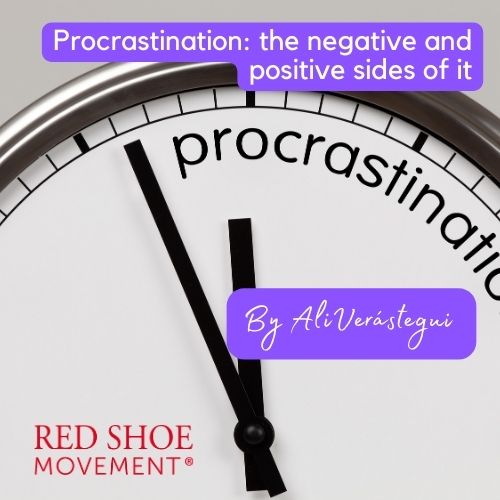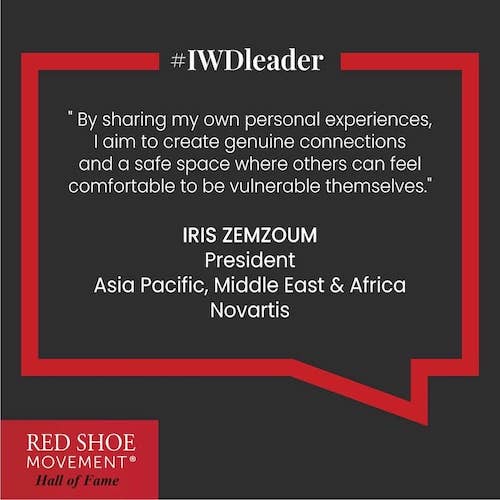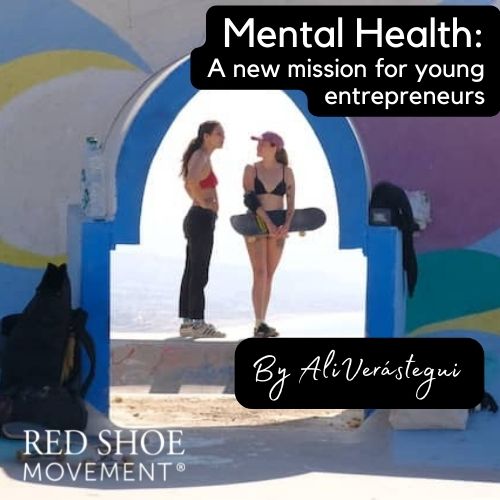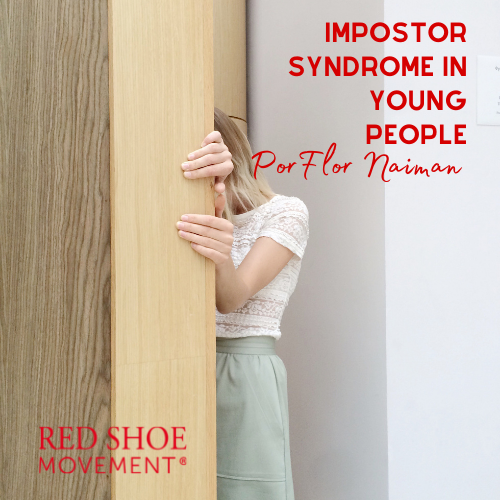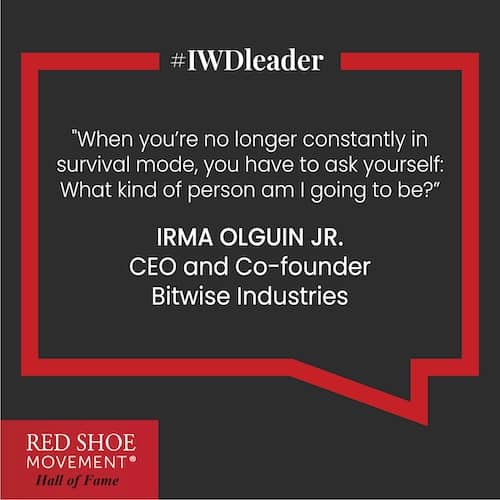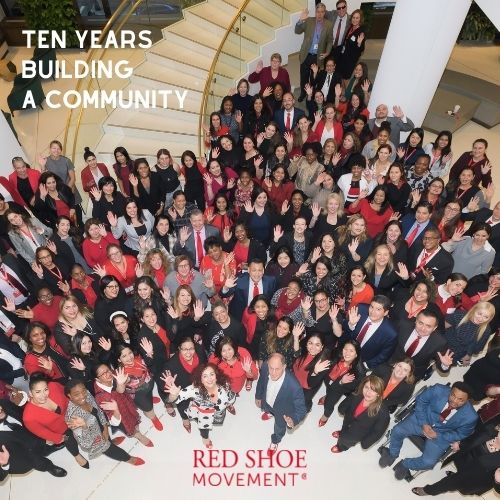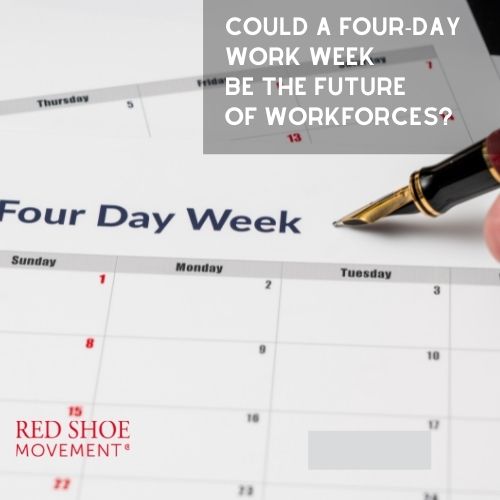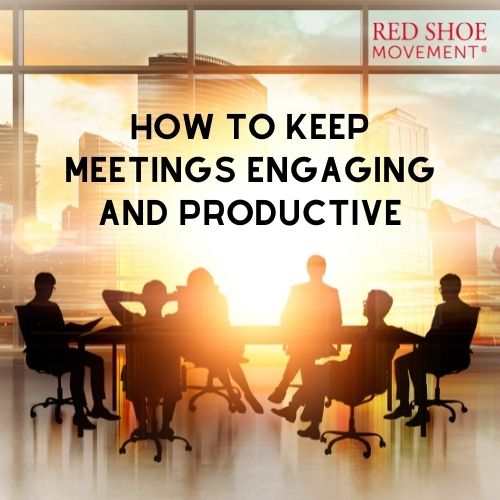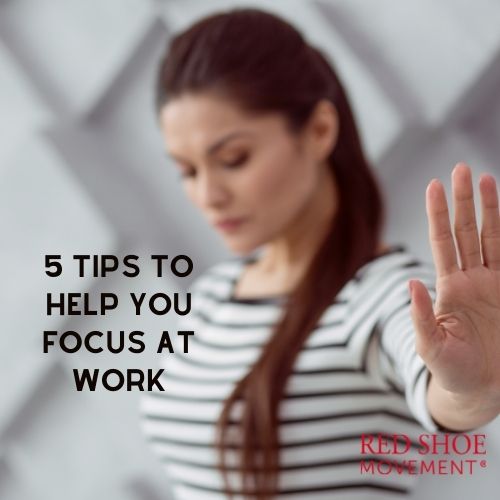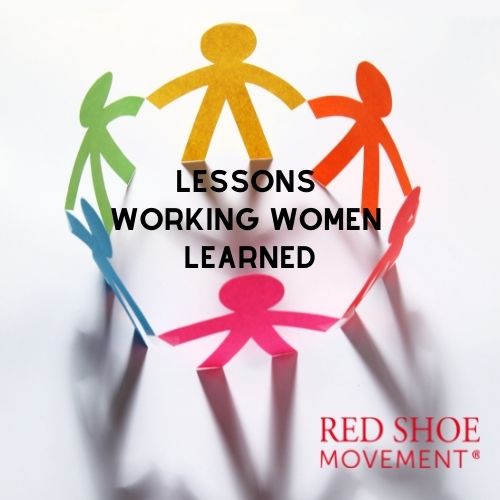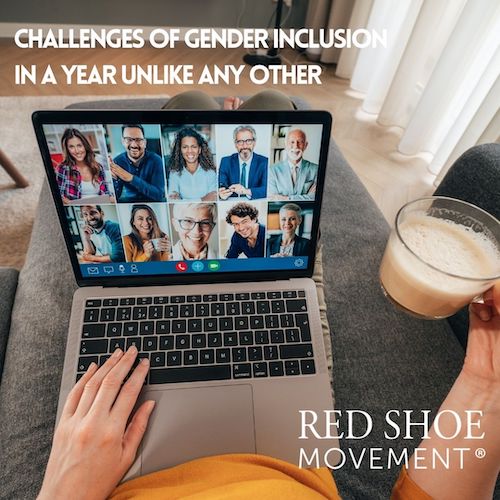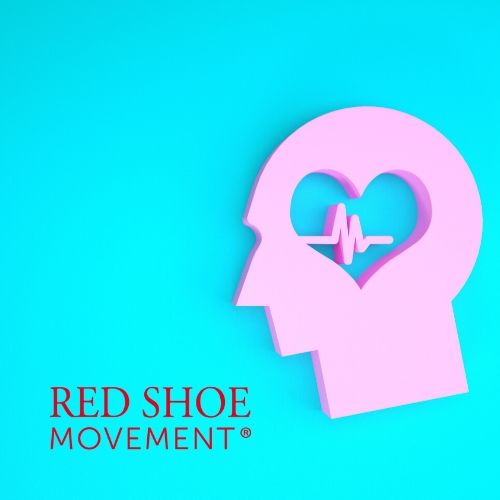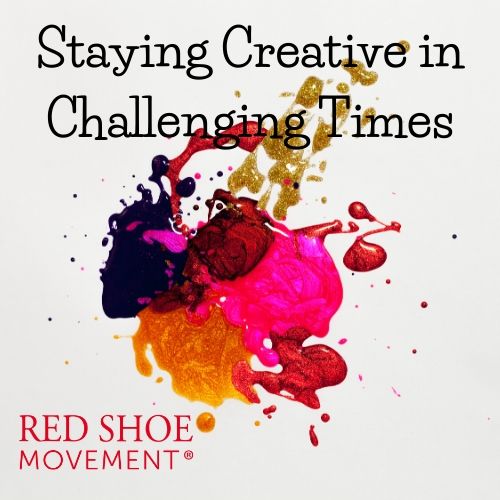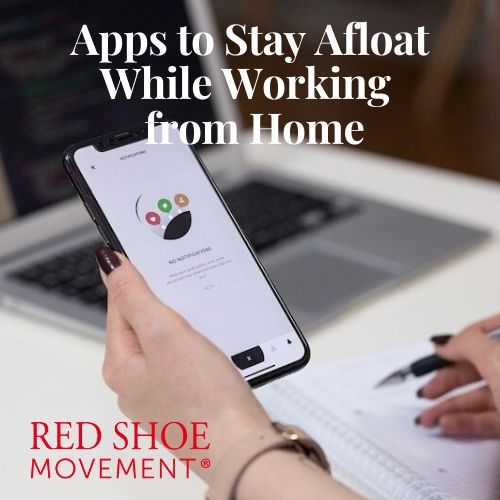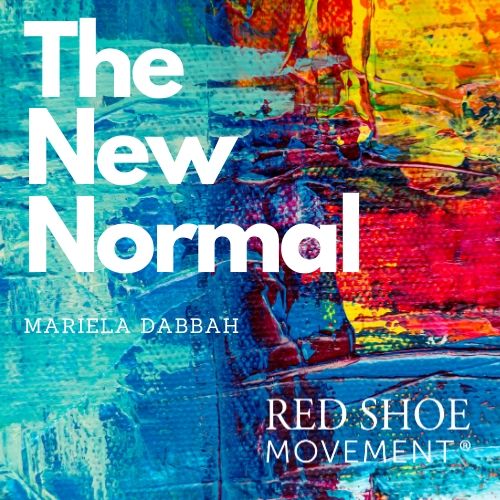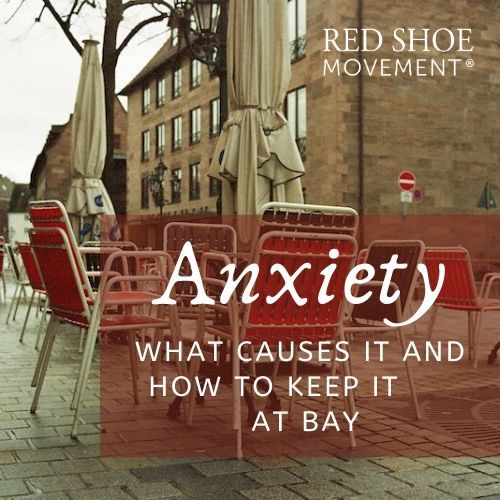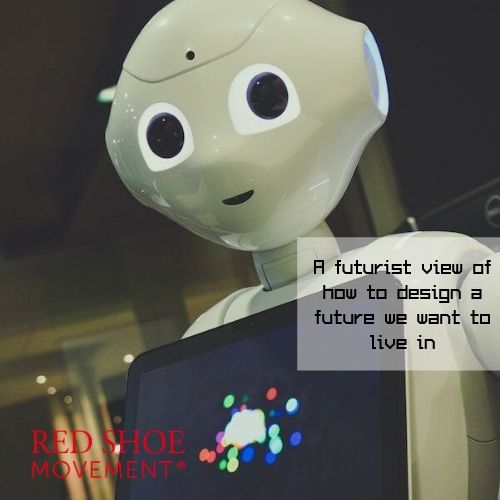After months of adjusting to work and life merging in such a way that we feel like we are working 24/7, it’s only natural to wonder what comes next. Is this what the future of work will look like? Will offices become a thing of the past?
Through their Work Trend Index Report, Microsoft has explored which of the remote working changes to workspaces are likely to become a permanent reality in the future. The report draws its conclusions from a combination of insights like how Microsoft costumers use their tools, a Harris Poll Survey of people working remotely in six countries, and research data from projects including surveys, interviews, focus groups and even studies on the human brain.
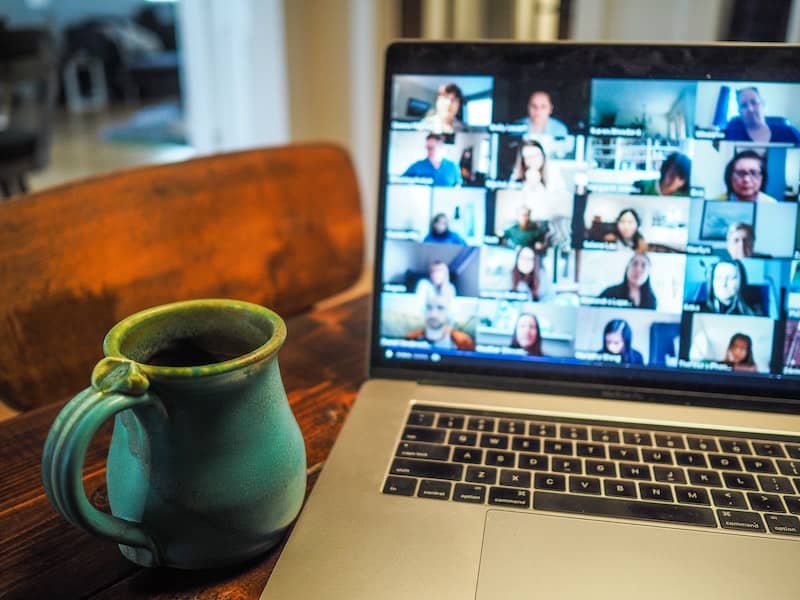
5 things about the future of work you should know
1Goodbye to Nine to Five Weekdays?
According to the study, our unique circumstances have bound home and work-life in ways that have forced everyone to make quick adjustments and shifts. This means that household tasks will need to mix with work ones – a reality that became evident as more and more videos of kids crashing meetings became available on social media. For some, finding a balance has had to do with negotiating schedules and working outside of the customary office hours.
Microsoft’s study found that people have not only been working outside of typical workday hours (before 9 am and after 5 pm on weekdays) in the past few months, but that they’ve also been signing on during weekends for team chats and meetings. With things like commuting to work gone and, in many cases, a less rigorous morning routine, those first few hours of the morning have become priceless for people sharing living and workspaces.
Did you read: Apps to Stay Afloat While Working from Home?
2You Can Still Look Forward to Office Days
If those mornings of juicy office gossip and general camaraderie are something you still miss every day, you can relax because you’ll probably get them back. At some point.
The study found that while many companies will probably decide to make working remotely an option, physical offices are not likely to disappear completely. Yes, remote work can be incredibly productive and save companies money in more than just office space, but there are also many reasons for these spaces to stick around.
In their research, Microsoft found that 82% of managers expect a more flexible policy as things begin to normalize. With 71% of managers and employees who hope to continue working from home a few days a week.
Still, getting away from the distractions of home, an ergonomic work environment, a stable connection and those priceless moments of human interaction that take place in these spaces will possibly keep offices as a part of the future of work.
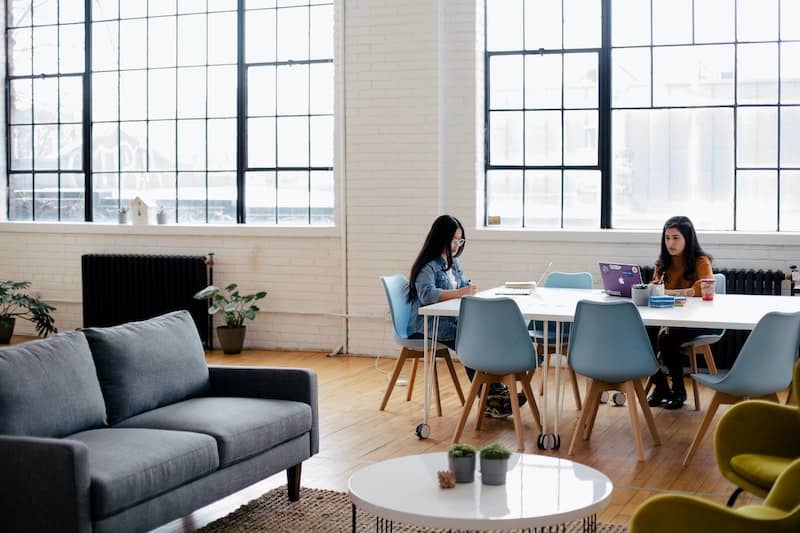
3Remote Work Fatigue and Making Connections
Tired of work-related video chats? You’re definitely not alone. In fact, the study showed that remote work is more taxing on our brains than in-person interaction. While some may find working from home more relaxing than going to the office, there are aspects of spending so much time on the computer that affects us emotionally and physically.
Researchers from Microsoft’s Human Factors Labs ran a study to understand how the brain responds to collaborating remotely through computer screens compared to face-to-face interactions. They found that working remotely is more mentally challenging, with higher levels of stress and a more recurrent tendency for overworking. Video meetings can be more demanding and there are several factors leading to “meeting fatigue” including a prolonged focus on the screen and a lack of non-verbal cues.
More than half of the people surveyed confessed they feel less connected to their colleagues when working from home. A predictable issue people everywhere have been struggling with as we all face an inescapable fact: interacting through a screen just can’t compare with spending time with people. Things like body language and the kind of interactions that happen organically still can’t be recreated online.
Don't miss: Mental Health: Taking Care of Yourself in Isolation
4Back to Work Pains
The study found that while remote collaborations are more mentally challenging than in-person interaction, the back to work and normal human interaction could be much more trying than many may have anticipated. According to the study, people have found it more difficult to go back to work after these months working remotely.
This happens because while work strategies and certain ways to connect socially can be transferred to an online environment, “the opposite is untrue.” After so much time spent with ourselves and our families or housemates, it will be difficult to adjust back to co-exist with other people at a safe distance in a shared space.

A positive effect of the pandemic…
5More Empathy and Inclusion
There have also been positive changes as a result of our circumstances which will, hopefully, stick as we move into the future of work. Over 60% of the people surveyed said that they now feel more empathy towards work colleagues and their personal struggles than before. Employees and managers are willing to create shifts and adjustments to accommodate working parents, people sharing their workspaces and other challenges that have resulted from this crisis.
Remote work has also fostered a more inclusive environment for some people to thrive and express themselves. Half the people surveyed by Microsoft said they feel more valued and included because virtual rooms make everyone look more, and feel, or less the same. Additionally, in-meeting chatrooms have created another forum for people to speak up and share their perspectives with the rest of the team. The future of work may offer a chance for wallflowers to shine!
The pandemic changed the future of work and how it will affect us and our lifestyles. But it has also created opportunities, made us more empathetic to the specific difficulties faced by our colleagues and created a more inclusive environment for remote collaborators. Through new updates on Teams that include Together Mode (a shared virtual background for all users) and Dynamic View (an adjustable view of shared documents and participants on the screen), Microsoft hopes to address some of the issues of remote work. Among them, reducing meeting fatigue and helping people feel more connected to their colleagues while working apart.
If you are feeling isolated and not quite yourself, don’t skip this post: Isolated and alone. Surviving the quarantine



